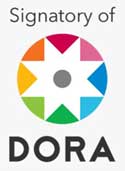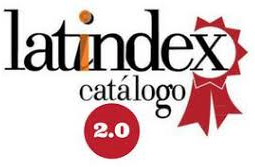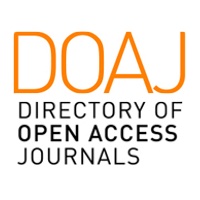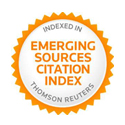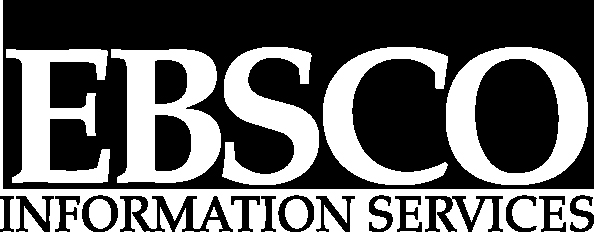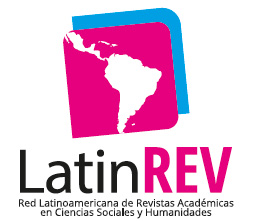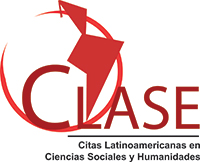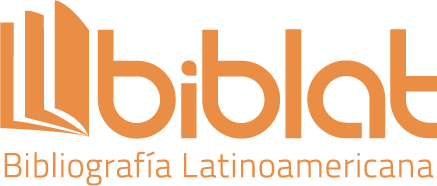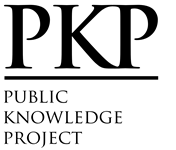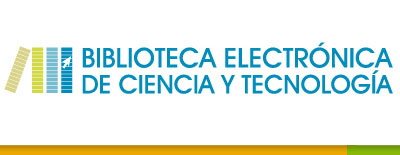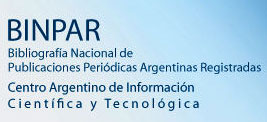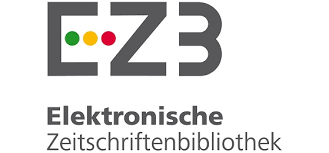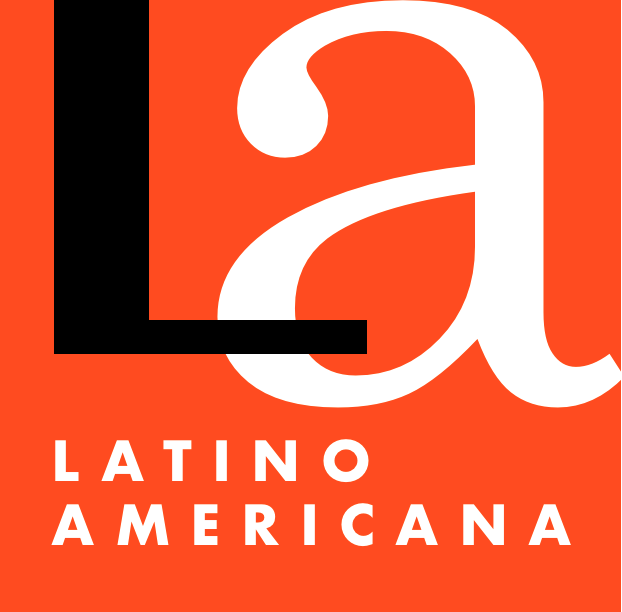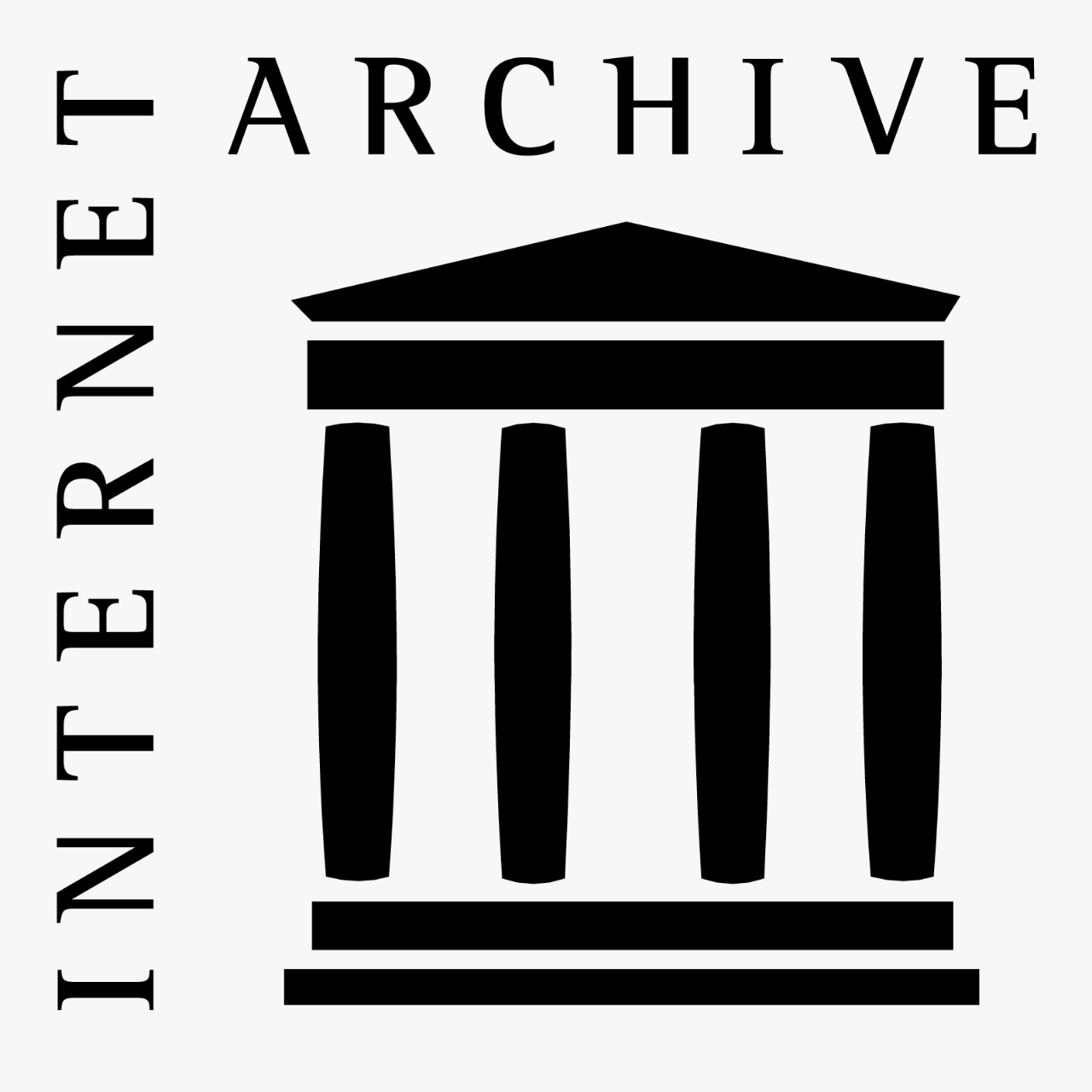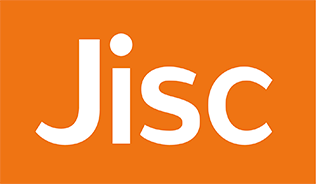Disinformation and misinformation in Ecuador
Ultramediations in contexts of digital illiteracy
DOI:
https://doi.org/10.26422/aucom.2025.1403.lopKeywords:
disinformation, misinformation, ultramediations, digital literacy, EcuadorAbstract
This study expands on the initial findings presented at the 2024 Alfamed Conference under the theme Social Networks and Citizenship, where the paper Disinformation and Misinformation in a Context of Ultramediations was introduced. It explores the relationship between disinformation and ultramediations within the contemporary Ecuadorian social context, with particular emphasis on the implications of digital illiteracy.
The theoretical framework draws on key concepts such as media ecology, social mediations, and hypermediations, applying them specifically to the Ecuadorian case. The analysis highlights the role of information and communication technologies (ICTs) in widening the digital divide while proposing digital literacy as a crucial tool to counteract both disinformation and hate speech.
The methodology integrates both qualitative and quantitative approaches: a literature review aimed at strengthening and expanding the theory of ultramediations, and an analysis of data from Ecuador’s National Institute of Statistics and Censuses (INEC) covering the period from 2019 to 2022, with a focus on pandemic-related developments.
Among the key findings, the study reveals a paradox: although internet access has increased, its use as a source of information has declined. This underscores the importance of understanding how users interact with and appropriate digital environments within a networked information flow model. The study argues that the theory of ultramediations offers essential conceptual tools for analyzing these interconnected dynamics.
Finally, the research emphasizes the urgent need to design educational strategies that promote digital literacy in Ecuador, as a vital step toward critically and effectively confronting the challenges posed by disinformation in today’s media ecosystem.
Downloads
References
ADEPA. (2024). Desinformación e IA: ¿la revolución industrial? ADEPA. https://adepa.org.ar/desinformacion-ia-revolucion-industrial/
Activa (2023). Fake news Desinformación en Chile y Latinoamérica. Activa. https://chile.activasite.com/wp-content/uploads/2023/04/222287_Estudio-Desinformacio%CC%81n_0329_V1-2.pdf
Aguaded, J. I., y Romero-Rodríguez, L. M. (2015). Mediamorfosis y desinformación en la infoesfera: Alfabetización mediática, digital e informacional ante los cambios de hábitos de consumo informativo. Education in the Knowledge Society (EKS), 16(1), 44–57. https://doi.org/10.14201/eks20151614457
Alonso González, M. (2019). Fake News: desinformación en la era de la sociedad de la información. Ámbitos. Revista Internacional de Comunicación, 45, 29–52. https://doi.org/10.12795/Ambitos.2019.i45.03
Asch, S. E. (1956). Studies of independence and conformity: I. A minority of one against a unanimous majority. Psychological Monographs: General and Applied, 70(9), 1–70.
Baricco, A. (2008). Ensayo sobre la mutación. “Epígrafes” Los Bárbaros, 19–34.
Bayas Ramírez, K. (2021). Comunicación y desinformación en tiempos de COVID-19 en Ecuador. URU. Revista de Comunicación y Cultura, 178–193. https://doi.org/10.32719/26312514.2021.4.5
Torres, M. y Lorenzo, A. (2018). ‘Fake news’: cifras y soluciones de un fenómeno global. BBVA. https://www.bbva.com/es/innovacion/fake-news-cifras-soluciones-fenomeno-global/
Belloch, C. (n.d.o en español s.f.) Las Tecnologías de la Información y Comunicación. Unidad de Tecnologías Educativa. Material docente [on-line]. Universidad de Valencia. https://www.uv.es/~bellochc/pdf/pwtic1.pdf
Broda, E., y Strömbäck, J. (2024). Misinformation, disinformation, and fake news: lessons from an interdisciplinary, systematic literature review. Annals of the International Communication Association, 48(2), 139–166. https://doi.org/10.1080/23808985.2024.2323736
Burkholder, E. O., y Peláez, M. (2000). A behavioral interpretation of Vygotsky’s theory of thought, language, and culture. Behavioral Development Bulletin, 9(1), 7–9. https://doi.org/10.1037/h0100530
Chiriboga, M., y Wallis, B. (2010). Diagnóstico de la pobreza rural en Ecuador y respuestas de política pública. Documento preparado para ser distribuido en la reunión de conformación del Grupo de Trabajo sobre Pobreza Rural. https://rimisp.org/wp-content/files_mf/1366317392Diagnosti...pdf
Ditto, P., y Lopez, D. F. (1992). Motivated Skepticism: Use of Differential Decision Criteria for Preferred and Nonpreferred Conclusions. Journal of Personality and Social Psychology, 63(4), 568–584.
Durán, M. B., y Tusa, F. (2019). La era de la desinformación y de las noticias falsas en el ambiente político ecuatoriano de transición. #PerDebate, 3. https://doi.org/10.18272/pd.v3i1.1550
Fetzer, J. (2004). Disinformation: The Use of False Information. Minds and Machines, 14, 231–240.
Franco, R. (2008). Hipermediaciones: elementos para una teoría de la comunicación digital interactiva. Barcelona: Editorial Gedisa. 2008, 167–170.
Gómez Navarro, D. A., Alvarado López, R. A., Martínez Domínguez, M., y Díaz de León Castañeda, C. (2018). La brecha digital: una revisión conceptual y aportaciones metodológicas para su estudio de México. Entreciencias: Diálogos En La Sociedad Del Conocimiento, 6(16). https://doi.org/10.22201/enesl.20078064e.2018.16.62611
Goyal, S. (2007). Connections: An Introduction to the Economics of Networks. Connections: An Introduction to the Economics of Networks. https://doi.org/10.1515/9781400829163
Hall, S. (1981). La cultura, los medios de comunicación y el “efecto ideológico. En J. Curran, M. Gurevitch, y J. Wollacot (Eds.), Sociedad y comunicación de masas (pp. 349–387). Fondo de la Cultura Económica.
Heponiemi, T., Virtanen, L., Kaihlanen, A.-M., Kainiemi Päivikki Koponen, E., y Koskinen, S. (2024). Use and changes in the use of the Internet for obtaining services among older adults during the COVID-19 pandemic: A longitudinal population-based survey study. New Media y Society, 26(6), 3146–3167. https://doi.org/10.1177/14614448221097000
Hernández-Santaolalla, V. (2018). Los efectos de los medios de comunicación de masas. Editorial UOC.
INEC. (2024). Reducción del analfabetismo en Ecuador: más de 199.000 personas libres de esta condición desde 2010. INEC.
Jasanoff, S. (2004). States of Knowledge: The Co-Production of Science and Social Order. Routledge Taylor and Francis Group.
Jenkins, H. (2006). Convergence culture: la cultura de la convergencia de los medios de comunicación. Paidós.
Levine, T.R. (2020). Applied Deception Detection. En H.D O'Hair and M.J. O'Hair (Eds.) The Handbook of Applied Communication Research (pp. 1035–1056). Wiley Encyclopedia of Forensic Science . https://doi.org/10.1002/9781119399926.ch38
Logan, R. K. (2015). La base biológica de la ecología de los medios. In Ecología de los medios. Entornos, evoluciones e interpretaciones. Editorial Gedisa.
López, A. (2017). Marshall McLuhan, el visionario de la “aldea global” de la comunicación. El País. https://elpais.com/cultura/2017/07/21/actualidad/1500619102_672795.html
López Noreña, G. (2010). Apuntes sobre la cibercultura y la alfabetización digital posmoderna. Penetración de Internet en los continentes. Florida Valle Del Cauca. http://sb3.uta.cl/wp-content/uploads/2014/08/821.compressed.pdf
López-Paredes, M. y Carrillo-Andrade, A. (2024). Cartografía de consumo de medios en Ecuador: de las mediaciones e hipermediaciones a una sociedad ultramediada. Palabra Clave, 27(1). https://doi.org/10.5294/pacla.2024.27.1.2
López-Paredes, M. y Carrillo-Andrade, A. (2024). Redes sociales y ciudadanía: Desinformación y mal información en un contexto de ultramediaciones. En M. A., Pérez-Rodríguez, P. De-Casas-Moreno, y E. G. Rojas-Estrada (Eds.), Redes sociales y ciudadanía: El reto de la formación docente en educación mediática (pp. 800-806). Grupo Comunicar Ediciones. https://doi.org/10.3916/Alfamed2024
Luo, M., Hancock, J. T., y Markowitz, D. M. (2020). Credibility Perceptions and Detection Accuracy of Fake News Headlines on Social Media: Effects of Truth-Bias and Endorsement Cues. Communication Research, 49, 171–195. https://api.semanticscholar.org/CorpusID:219448338
Marcayacata, C. (2023). La brecha digital es la gran deuda pendiente en Ecuador, más en la ruralidad. Gestión Digital. https://revistagestion.ec/analisis-sociedad/la-brecha-digital-es-la-gran-deuda-pendiente-en-ecuador-mas-en-la-ruralidad/
Martín-Barbero, J. (2018). Preámbulo a un mapa de las mutaciones comunicativas y culturales. In O. Rincón (Ed.), Pensar desde el Sur. Reflexiones acerca de los 30 años de los medios a las mediaciones de Jesús Martín Barbero. FES-ILDIS.
Mason, J. (2002). Qualitative Researching. Sage Publications.
McLuhan, M. (1970). Education in the Electronic Age. Interchange, 1(4), 1–12.
McLuhan, M. (2010). La Aldea Global. [Video recording]. https://www.youtube.com/watch?v=pSmVD31Qg0Qyab_channel=BBCRadio4
Moore, R. C., y Hancock, J. T. (2022). A digital media literacy intervention for older adults improves resilience to fake news. Scientific Reports, 12(1), 6008. https://doi.org/10.1038/s41598-022-08437-0
Núñez, J. (2023). Policing and Disinformation Gone Awry in Ecuador. Nabla.
Paredes, M. L., Andrade, A. C., y Tapia, J. (2023). Media Consumption in Ecuador: Are Ultramediaciones Developing for Everyone? Proceedings of the International Conference on Communication and Applied Technologies 2023 (ICOMTA 2023), 193–203. https://doi.org/10.2991/978-94-6463-254-5_20
Poovey, M. (1998). A History of the Modern Fact: Problems of Knowledge in the Sciences of Wealth and Society. The University of Chicago Press.
Postman, N. (2015). El humanismo de la ecología de los medios. En C. Scolari (Ed.), Ecología de los medios. Entornos, evoluciones e interpretaciones (pp. 25–36). Editorial Gedisa S. A.
Pozas, M. (2019). En busca del actor en la teoría del actor red. Pensar Lo Social, 399–416. https://doi.org/10.2307/j.ctvn96fvk.27
Pozas, M.de los A. (2018). En busca del actor en la teoría del actor red. En Pensar lo social: pluralismo teórico en América Latina (pp. 399-416) https://doi.org/10.2307/j.ctvn96fvk.27
Querejeta Barceló, A. (2018). Roland Barthes, el texto y el poder. #PerDebate, 1. https://doi.org/10.18272/pd.v1i0.1200
Romero, A. (27 de septiembre, 2021). Las tres preguntas básicas contra los bulos. El Mundo. https://www.elmundo.es/extras/dia-internacional-acceso-informacion/2021/09/27/6151a22ee4d4d8c4028b456f.html.
Sánchez Duarte, J. M. y Magallón-Rosa, R. (2023). Desinformación. Eunomía. Revista en Cultura de la Legalidad, 24, 236- 249.https://doi.org/10.20318/eunomia.2023.7663
Sánchez Palacios, I., Delgado Delgado, I., Gutama Criollo T., Sánchez Palacios, L. (2019). La alfabetización digital en Ecuador. Revista Atlante: Cuadernos de Educación y Desarrollo. https://www.eumed.net/rev/atlante/2019/12/alfabetizacion-digital-ecuador.html
Scolari, C. (2008). Hipermediaciones: Elementos para una Teoría de la Comunicación Digital Interactiva. Gedisa Editorial.
Scolari, C. (2018). Las leyes de la interfaz. Diseño, ecología, evolución, tecnología. Gedisa Editorial.
Tandoc Jr., E. C., Lim, D. y Ling, R. (2020). Diffusion of disinformation: How social media users respond to fake news and why. Journalism, 21(3), 381-398. https://doi.org/10.1177/1464884919868325
UNESCO. (2024). Qué debe saber sobre la alfabetización. UNESCO.
UNHCR. (2022). Factsheet 4: Types of Misinformation and Disinformation. Using Social Media In Community Based Protection. A Guide.
Vizer, E., y Carvalho, H. (2014). La caja de Pandora: tendencias y paradojas de las TIC. In Lo que McLuhan no predijo. La Crujía.
Zapata, B. (2023). Analfabeto digital: revise las características que lo definen como tal en Ecuador. El Universo. https://www.eluniverso.com/noticias/informes/analfabeto-digital-revise-las-caracteristicas-que-lo-definen-como-tal-en-ecuador-nota/
Published
Issue
Section
License
The authors retain the copyright and guarantee the journal the right to be the first publication of the work. In case that a translation of the article already published in Austral Comunicación can be published in another journal, it is requested to record the original publication in the translated version.
The license used is CC BY-NC-SA, which allows sharing (copying and redistributing the material in any medium and format) and adapting (remixing, transforming and building on the material) under the following terms: attribution (acknowledge authorship) and non-commercial (the material cannot be used for commercial purposes). Update: February 1, 2022.
Austral Comunicación allows the author (s) to retain the publication rights without restrictions.

